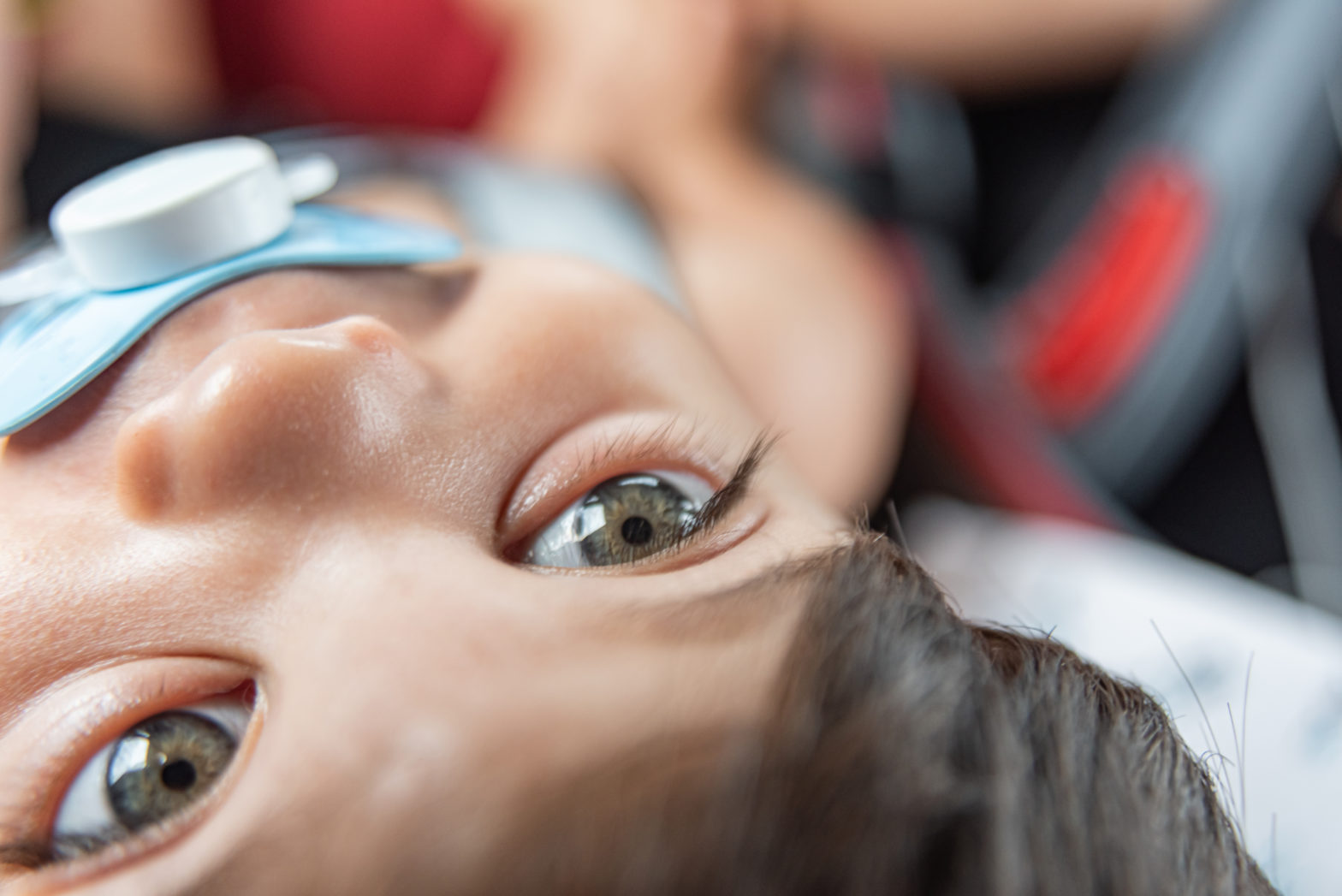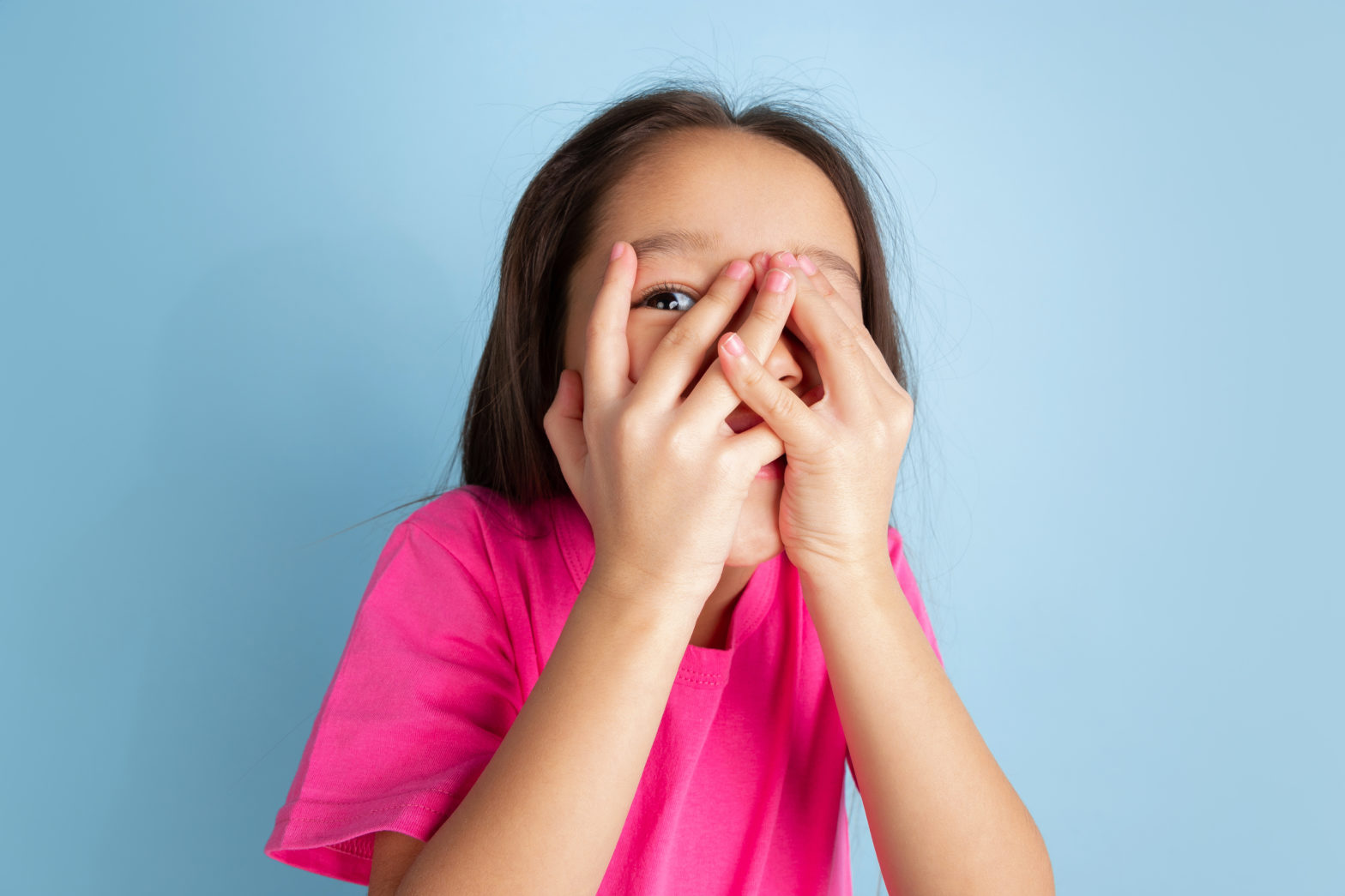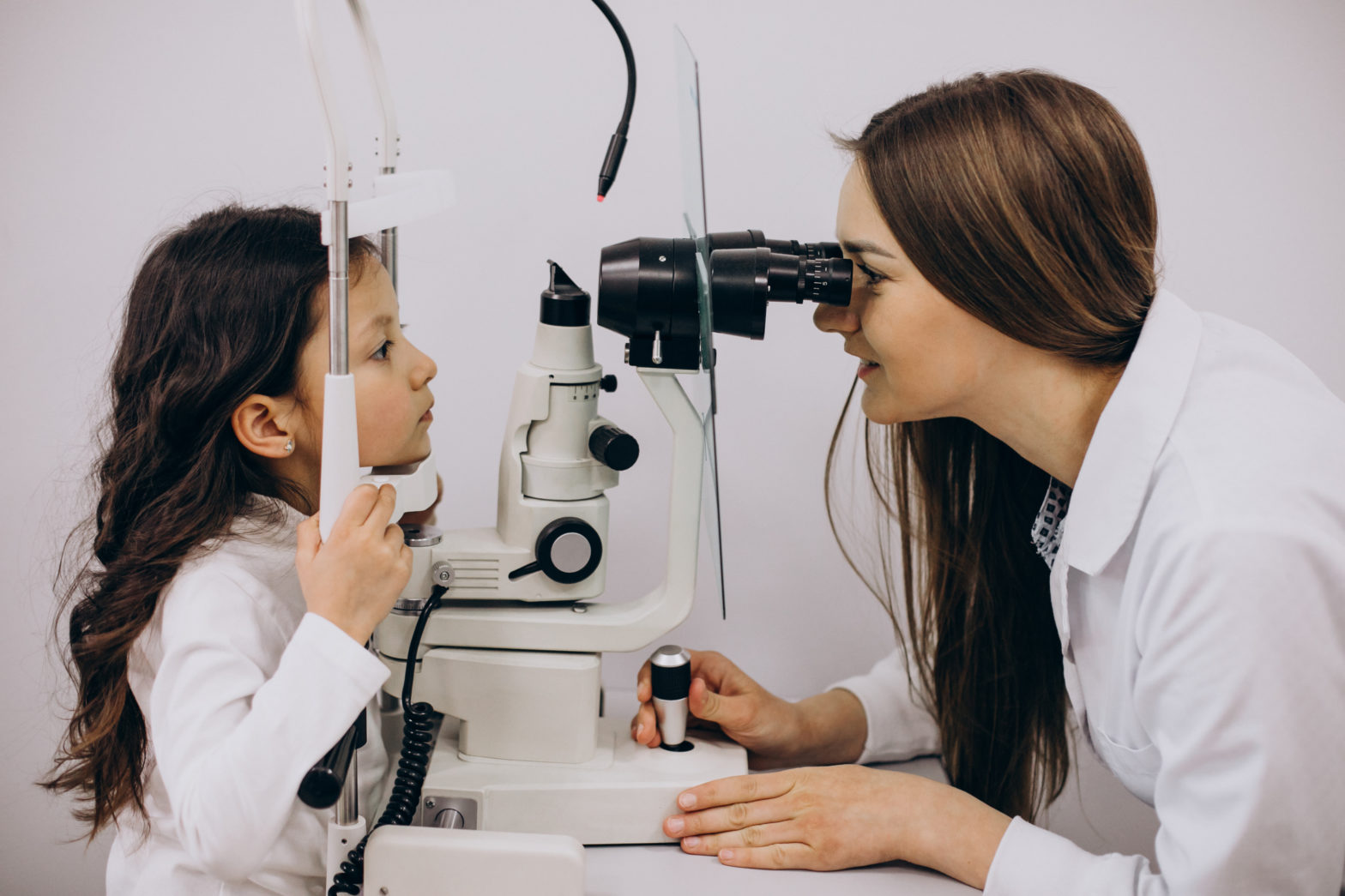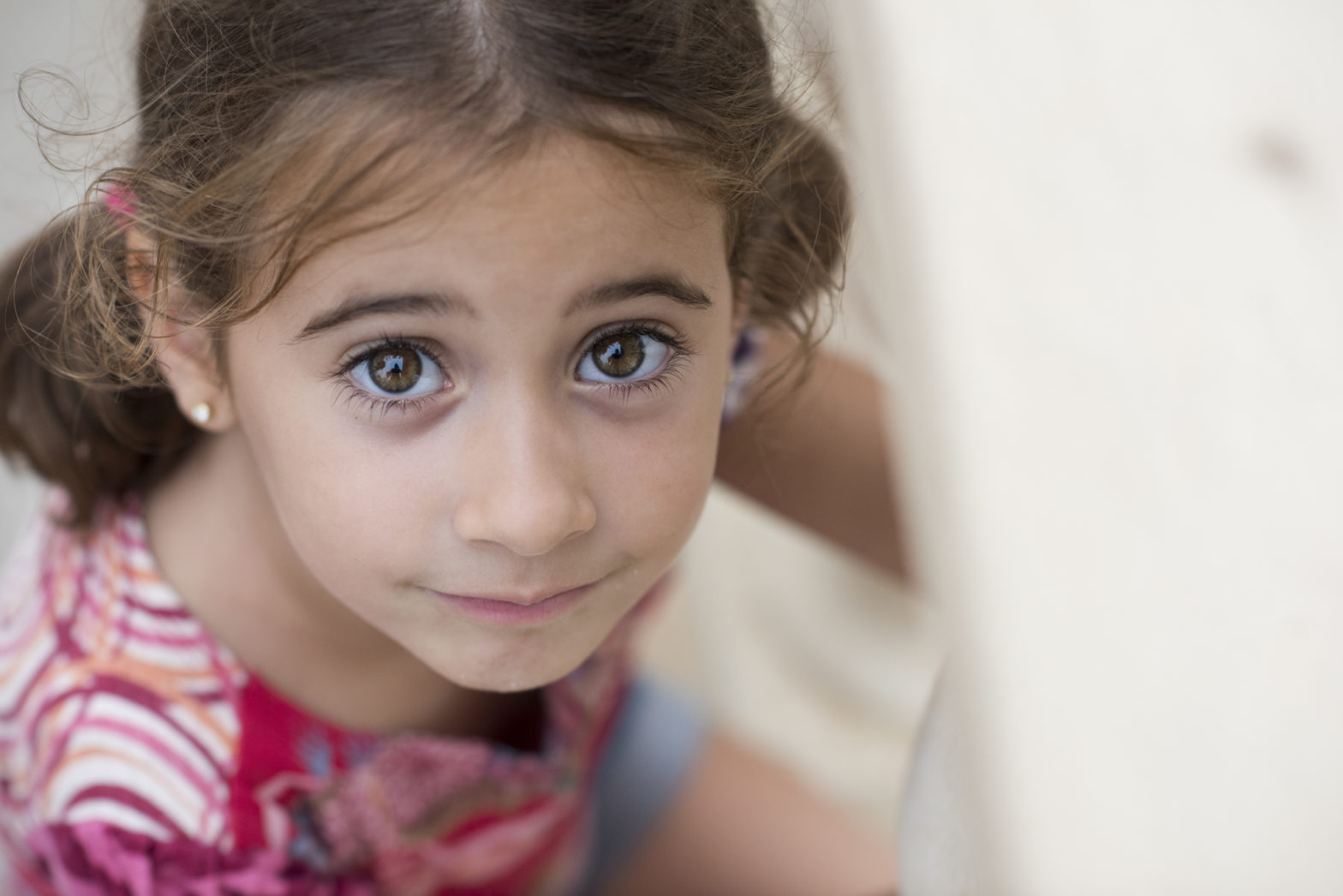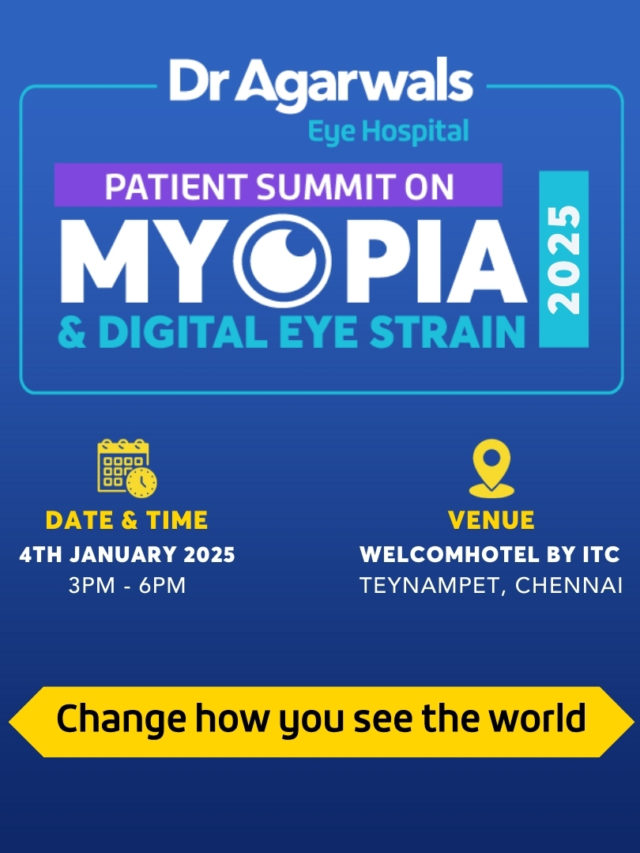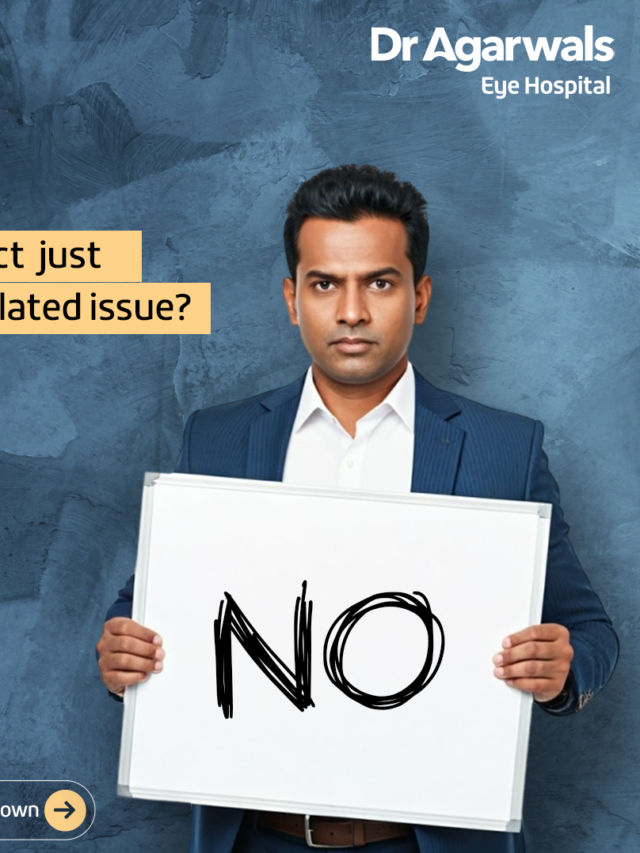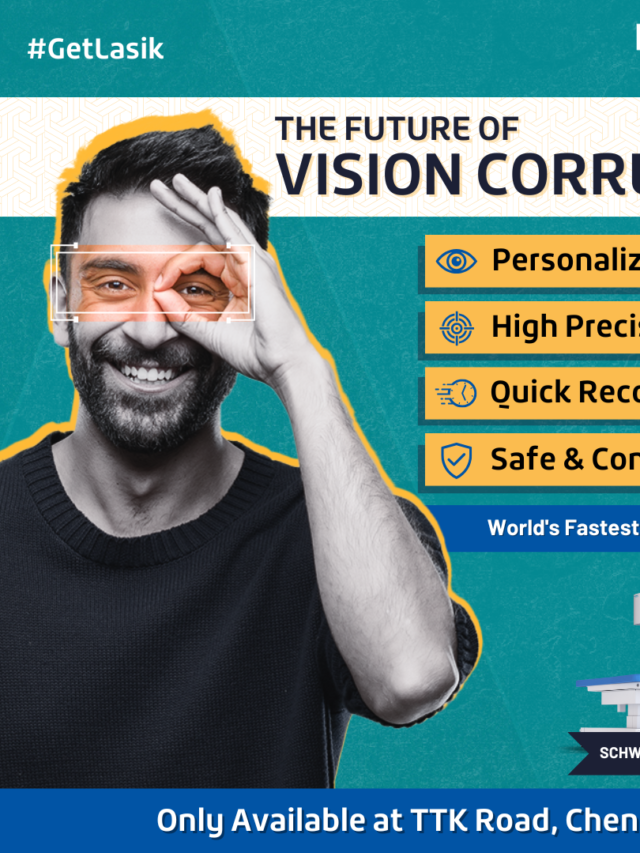Children see the world through eyes of wonder, constantly exploring and discovering. But what if their ability to see clearly is compromised without anyone realizing it? Vision is critical for a child’s development, impacting learning, social interactions, and overall well-being. Regular eye exams ensure their eyes are in optimal condition and can help uncover potential issues early on. Let’s explore why children’s eye exams are vital and how they can shape your child’s future.
The Importance of Early Eye Exams
Children rely heavily on their vision to learn and engage with the world around them. By the time a child reaches school age, nearly 80% of learning occurs visually through reading, writing, and observing their surroundings. An undetected vision problem can lead to difficulties in the classroom, impacting academic performance and confidence.
Early eye exams help detect:
- Refractive errors: Myopia (nearsightedness), hyperopia (farsightedness), and astigmatism
- Amblyopia: Also known as lazy eye, where one eye does not develop proper vision
- Strabismus: Misaligned eyes, commonly referred to as crossed eyes
- Color vision deficiencies: Issues with distinguishing colors
- Eye diseases: Rare but possible conditions like congenital mtoto wa jicho or glakoma
Catching these issues early allows for timely intervention, potentially preventing long-term complications.
When Should Children Have Their First Eye Exam?
The journey of eye health should begin early, and here’s a general timeline for your child’s eye exams:
- Newborns: Basic eye checks are performed in the hospital to rule out any congenital issues.
- 6 months: A comprehensive infant eye exam checks for normal development.
- 3 years: At this stage, exams can detect visual acuity problems or eye coordination issues.
- 5 to 6 years: Just before starting school, an eye exam ensures their vision won’t hinder learning.
- Annually or as recommended: Regular exams during school years help monitor changes and catch emerging issues.
Signs Your Child Might Have Vision Problems
It’s not always easy to tell when a child has vision issues, as they may not realize their vision is impaired. Parents should watch for signs such as:
- Frequent eye rubbing or blinking
- Squinting or covering one eye
- Difficulty reading or holding books close
- Malalamiko ya maumivu ya kichwa au maumivu ya macho
- Avoiding activities that require near vision, like reading or writing
- Difficulty tracking objects or maintaining eye contact
If you notice any of these symptoms, schedule an eye exam promptly.
The Role of Technology in Eye Health
Modern children grow up surrounded by screens, from smartphones and tablets to computers. Prolonged screen time can contribute to digital eye strain, which may cause:
- Dry or irritated eyes
- Maono yaliyofifia
- Difficulty focusing
- Fatigue or headaches
Parents can take proactive steps to mitigate these risks by implementing the 20-20-20 rule: Encourage children to take a 20-second break every 20 minutes by looking at something 20 feet away. Additionally, reducing screen exposure before bedtime can promote healthier eyes and sleep patterns.
The Connection Between Eye Health and Academic Success
Imagine a child trying to read the blackboard or their books but seeing only blurry images. It’s no surprise that children with untreated vision problems often struggle academically. Studies show that up to 25% of school-aged children have undiagnosed vision issues, which can manifest as:
- Poor reading comprehension
- Difficulty staying focused
- Misinterpreting information
- Behavioral issues stemming from frustration
A comprehensive eye exam can make a significant difference by identifying the underlying cause of learning struggles and suggesting corrective measures, such as prescription glasses.
Nini cha Kutarajia Wakati wa Uchunguzi wa Macho ya Mtoto
A visit to the eye doctor can be an enjoyable experience when approached with positivity. Here’s what typically happens during an exam:
- Medical history: The optometrist will ask about any family history of vision problems or existing concerns.
- Visual acuity test: The classic eye chart test to measure clarity of vision.
- Eye alignment and movement: Tests to ensure the eyes work together effectively.
- Refraction test: Determines if corrective lenses are needed.
- Overall eye health assessment: Examining the internal and external structures of the eyes to check for abnormalities.
The exam is painless, and eye doctors are trained to work with children, making the experience comfortable and fun.
Common Misconceptions About Children’s Vision
- My child’s vision is fine because they never complain.
Many children are unaware that they have vision issues since they assume their experience is normal. Only a professional exam can confirm whether their vision is optimal. - Screen time doesn’t affect children’s vision.
Prolonged screen use can lead to digital eye strain and even contribute to the progression of myopia. Screen management is crucial. - School vision screenings are sufficient.
While helpful, school screenings are not a substitute for comprehensive eye exams, which offer a more detailed evaluation.
How Parents Can Foster Healthy Vision Habits
- Promote outdoor play: Natural light exposure can reduce the risk of myopia progression.
- Maintain proper lighting while reading or studying: Avoid dim or overly bright environments.
- Limit screen time: Encourage device-free zones during meals or before bedtime.
- Provide a balanced diet: Nutrient-rich foods, especially those high in vitamin A and omega-3 fatty acids, support eye health.
Children’s eye exams are more than a check-up; they’re a proactive step in securing your child’s future. From academic success to social confidence, good vision underpins many aspects of life. By scheduling regular exams and fostering healthy habits, parents can help their children see the world in all its brilliance.

